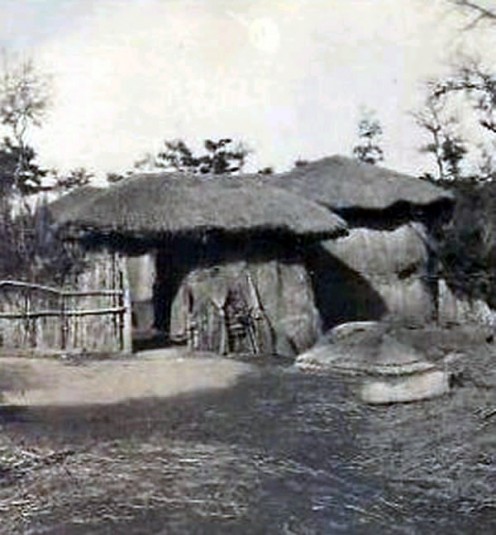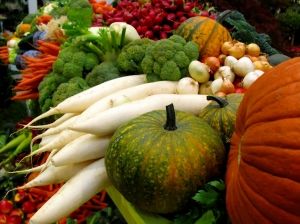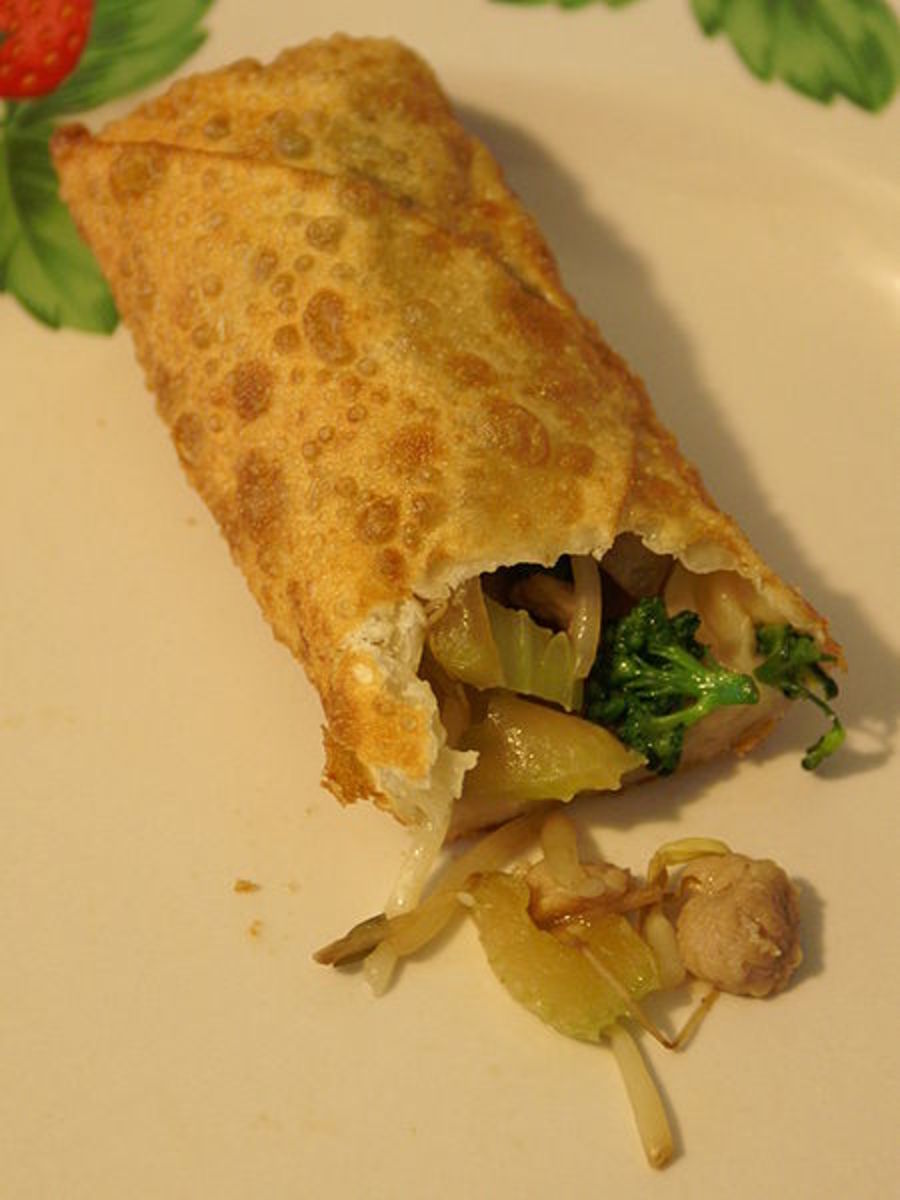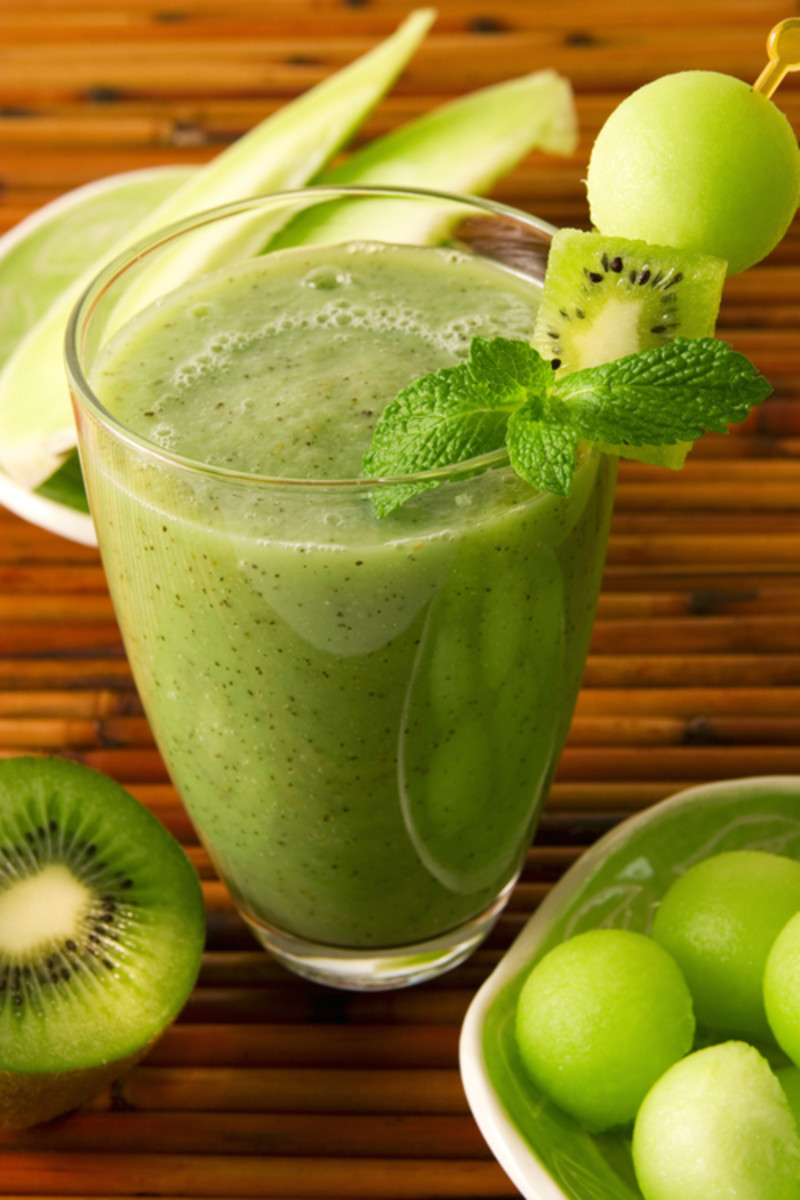- HubPages»
- Food and Cooking»
- World Cuisines»
- East Asian Cuisine
Korean Daily Dishes

Native Plant and Animal Life
The simpler lifestyle of Korean villages among the mountains of South Korea can be a fountain of simple daily recipes for good food. Among the small rice paper houses with charcoal heating systems in the flooring, the smells of sesame oil, kimchi, and fast grilled fish and meats fill the air.
In the course of my long martial arts training, I was drilled outdoors in the winter, spring, summer, and autumn in forests of various state parks. I could smell these very aromas as practice were competing each long weekend day. In winter, especially, this was poignant, amid the echos of kiahs in the deep pine woods on the hillsides. Training was completed these weekends with instruction in simple food preparation.
In South Korea, many people consume a diet produced solely in their own villages: seafood, some meats, fruits, vegetables, grains, honey, spices, and teas. Children and teens have raised rabbits to sell and to use in their own households as food. Nothing has been wasted, because the people have seemed often on the edge of starvation, their country being attacked by all surrounding nations in rotation over the centuries.
The indigenous peoples have been traced through DNA analysis in a mass project sponsored by the Smithsonian Institution and National Geographic to back across the top of Siberia and further to the west. Linked to the Sami people and many groups in northern Russia and Siberia and other northern nations, many Koreans are genetically close to the Pacific Northwest and Sub-polar First Nations and Native Americans in the Western Hemisphere. Regardless of this, one characteristic shared by all Sub-polar Peoples and relations is the determination to prepare foods from native plants and animals in their homelands even in harsh conditions. They are survivors and local foods contribute to this.
I knew the daughter of an elderly South Korean lady that continued to live in a rice-paper house outside Seoul, a region that incurs heavy snowfalls. At the age of 75+ she still carried water from the local river in wooden buckets up the mountain to her small house every day. She cooked with an open fire. Her daughter was living in the United States, attempting to earn a GED and gain successful employment. At last record, this daughter started her own small sales business all on her own. She was also a survivor. At any rate, her mother seemed to be the ultimate “green” citizen.
Flourishing With Local Foods
At the some time in the mid-to-late 1990s, a film about the differences between mountain and city life in Korea highlighted an aged Grandmother and her money-splashing daughter and grandson. It was both stunning and encouraging.
In the film we see a single grandmother in her late 70s, permanently bent over at the waist parallel to the ground, walking up and down a mountain path between tiny house and village below. She carries buckets of water and cooks on an open fire. She wastes nothing. She uses candles, because there is no electricity. Because of another physical impairment, she cannot speak. She never learned to read and never attended school, but had made sure her daughter did. All around her, the villagers and mountain dwellers are friendly, communicate in their own ways and, share when they can, and work together.
Grandmother's daughter rushes from the big city with her 9-year-old son to leave him with her while she looks for a better job. The boy erupts in tirades in the tiny house, screaming for Kentucky Fried Chicken, McDonald's, Burger King – anything in disposable packaging and deep fried. Grandmother ignores him, unable to speak. It is eat boiled chiken or die. He steals her only shoes -- She walks down the mountain barefoot. He steals the special chopstick with which she pins up her long hair -- She uses a spoon handle. He is not going to win, because she is patient and serene.
After several days of no fast food, TV, or video games, the boy gives up and settles into mountain life. He learns not to waste, and he teaches Grandmother to read and write. When Mommy returns, he does not wish to go home. But he does, and writes letters back and forth to Grandmother, fortunately retaining good stewardship habits he learned in the green mountains.
Another story comes from 1970. “Green” was used in the book The Greening of America by Charles A. Reich to denote overemphasis on commercialization, repeat business though cheaper manufacturing methods, and all manner of waste in America. We in the US were called a "throw away society." It was noticeably true. At the same time, Earth Day rose up and portions of America began to stand for conservation and stewardship, promoting the positive sort of greening. Some groups went to spend time in the mountains of America to think about this and came back changed by the simplicity of the mountain life.
I knew two children from a large South Korean family that survived the Korean War by living in a field after the father was killed in battle. They found enough food there, cooking on an open fire when possible. The children grew up to become successful business people and they always decried waste. I recall that they were all good cooks as well, some even teaching cooking classes as a hobby. Here are some of the recipes that I have collected:.
Miyuk - Seaweed Salad
I like this seaweed salad better than the dry seaweed used in sushi. Dried seasoned seaweed, however, is also good as a snack as well
INGREDIENTS
- 1 oz dried seaweed (comes in sheets)
- 1 Tbsp red bean paste
- 1 tsp ground red pepper
- 1/2 tsp salt
- 2 tsp honey
- 2 tsp sesame seeds
- 1 tsp minced garlic
- 1 tsp rice wine vinegar
INSTRUCTIONS
- In a shallow rectangular pan, soak the seaweed in hot water about 5 minutes.
- Drain and tear seaweed to bite sizes pieces and gently squeeze out remaining water.
- Mix all remaining elements and mix well, then our over seaweed ina bowl.
- Taste for seasoning and adjust as you like.
- Chill and serve.

White Radish Salad (Daikon Salad)
Serves Four: When preparing a meal, please make this first so that it can have time to chill.
INGREDIENTS
Base:
- 2 Large Daikon (giant white radish)
- 2 Cooking apples
- 3 Scallions
- Juice of half a lemon
Dressing:
- 3 Tbsp Soy sauce
- 1 Tbsp Vegetable oil
- 2 tsp Sesame oil
- 3 Tbsp White vinegar or rice wine vinegar
- 3 tsp Sugar
- 1 tsp Salt
- 1 Tbsp Toasted sesame seeds
- 1 Red chili pepper, seeded and chopped fine
INSTRUCTIONS
- Peel the daikon and cut them to matchstick size and place into a large serving bowl.
- Peel apples and cut to matchsticks, but quickly place into cold water with lemon juice to prevent oxidation.
- Slice scallions finely, using all of the white and green portions after trimming.
- Drain apples.
- Place all ingredients into the daikon bowl and toss.
- Cover the bowl and chill the salad until the meal is ready.

Fast Grilled Beef
Serves Four – Less meat is often consumed in a meal in this culture, and more vegetables. Fish is often used instead of meat, especially light fleshed species and shrimp, and chicken or pork may be all substituted for the beef.
INGREDIENTS
- 8 oz flank steak
- 2 garlic cloves, peeled and minced
- 2 scallions, sliced thin (whites and part of the greens)
- ½ large green bell pepper, seeded and sliced into 2-inch strips.
- 2 Tbsp sesame oil (this is used for flavoring, not frying)
- 1 Tbsp white vinegar
- 1 Tbsp beef broth or bouillon made from a cube
INSTRUCTIONS
- Cut the beef or other meat into strips about 2 inches long and 1 inch wide and score each strip on one side diagonally with a sharp knife, being careful not to cut clear through the slice. Place into a mixing bowl.
- Mix all of the remaining ingredients in a measuring cup and pour the mix over the beef in the bowl.
- Toss beef to coat and grill or broil 3-5 minutes on each side or until the desired doneness is reached.
- Serve in a bowl over hot white rice or fried rice.
- This beef is similar to bulgogi and can marinate up to overnight, if so desired. The marinade is light, but do not soak fish overnight because it will not be as good and it will fall apart.
Traditional Village, South Korea
Sesame Liver
Serve Four
- 8 oz liver – lamb or beef
- 2 Tbsp soy sauce
- 1 garlic cloves, peeled and slivered lengthwise
- 2 scallions, sliced thin (whites and part of the greens)
- ½ a large green bell pepper, seeded and sliced into 2-inch strips.
- 1 Tbsp sesame seeds
- 1 tsp sesame oil
- 1 Tbsp honey
- Fresh ground black pepper to taste
- 1 large sweet onion
- water
Garnish:
- 1 scallion, sliced thin and a handful of snow pea pods
INSTRUCTIONS
- In a medium sized pot, place everything except the onion and scallion.
- Cut the large onion into quarters lengthwise. Cut each section crosswise into 4 smaller sections.
- Place the cut onion into the pot and raise the heat to moderately high, cooking 5 minutes.
- Add 2 Cups of water to the pot, turn heat down to low, and simmer 6-7 minutes or until liver is tender.
- Serve in bowls, topped with scallions and pea pods. You can stir fry or steam the pea pods first, if you like.









